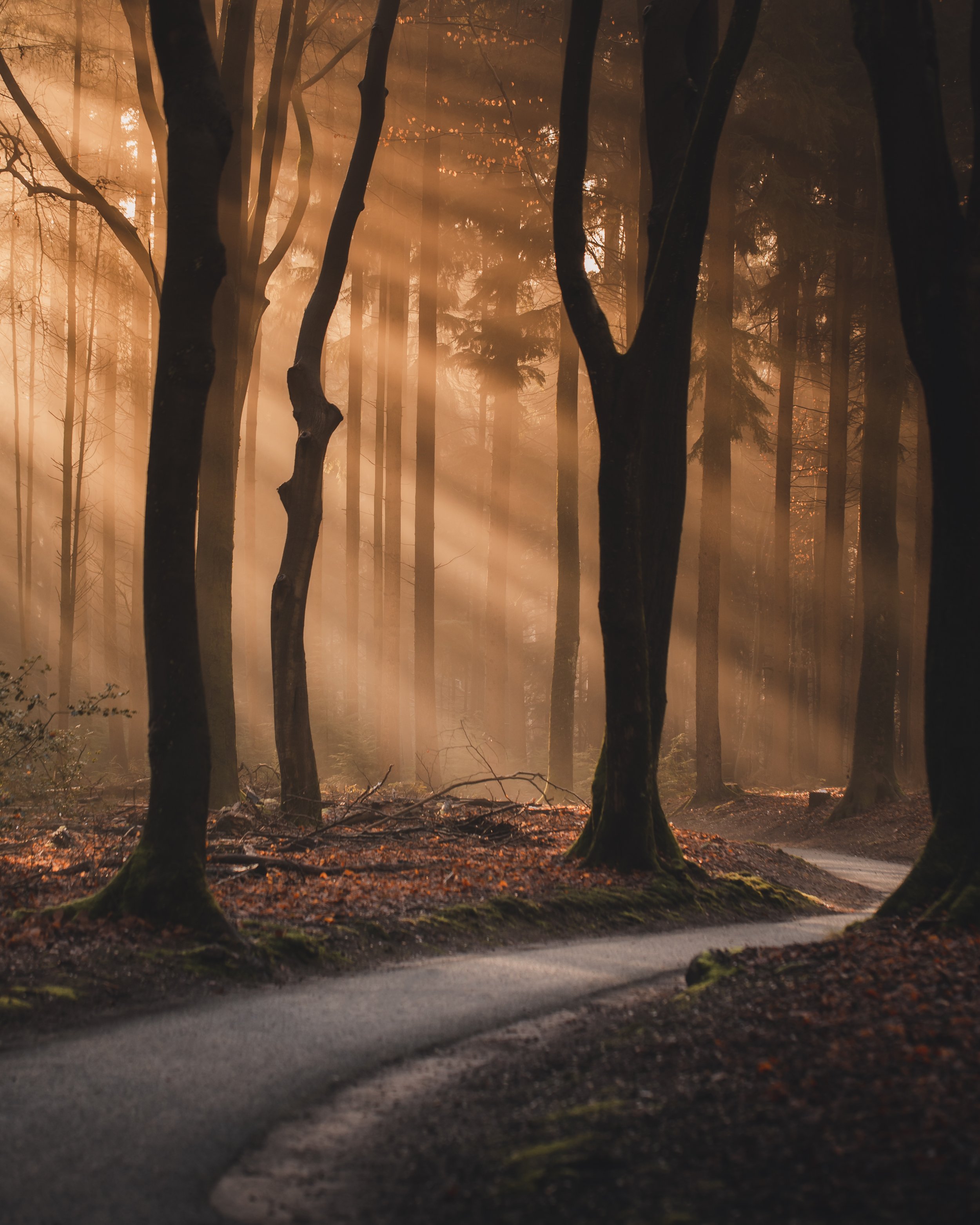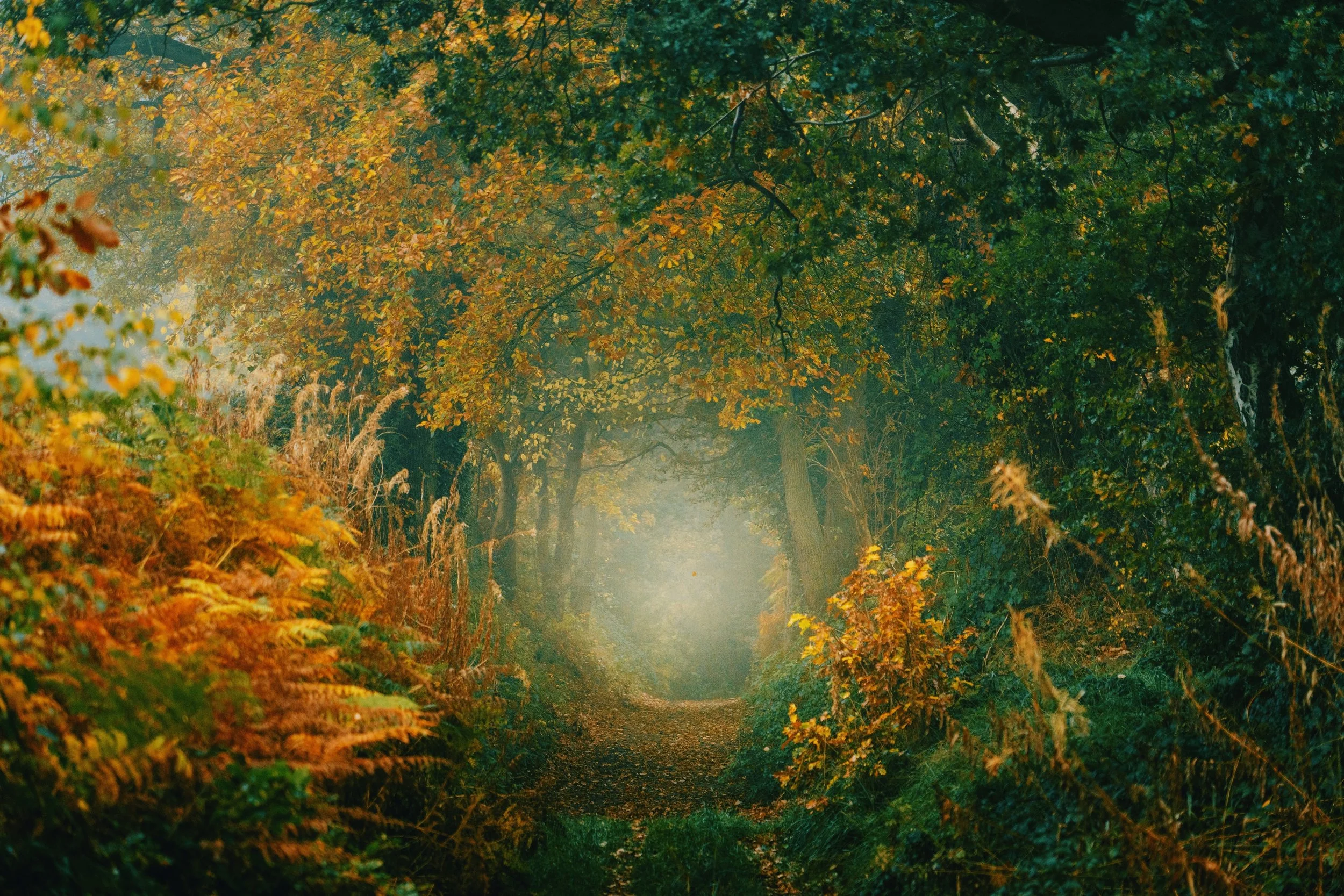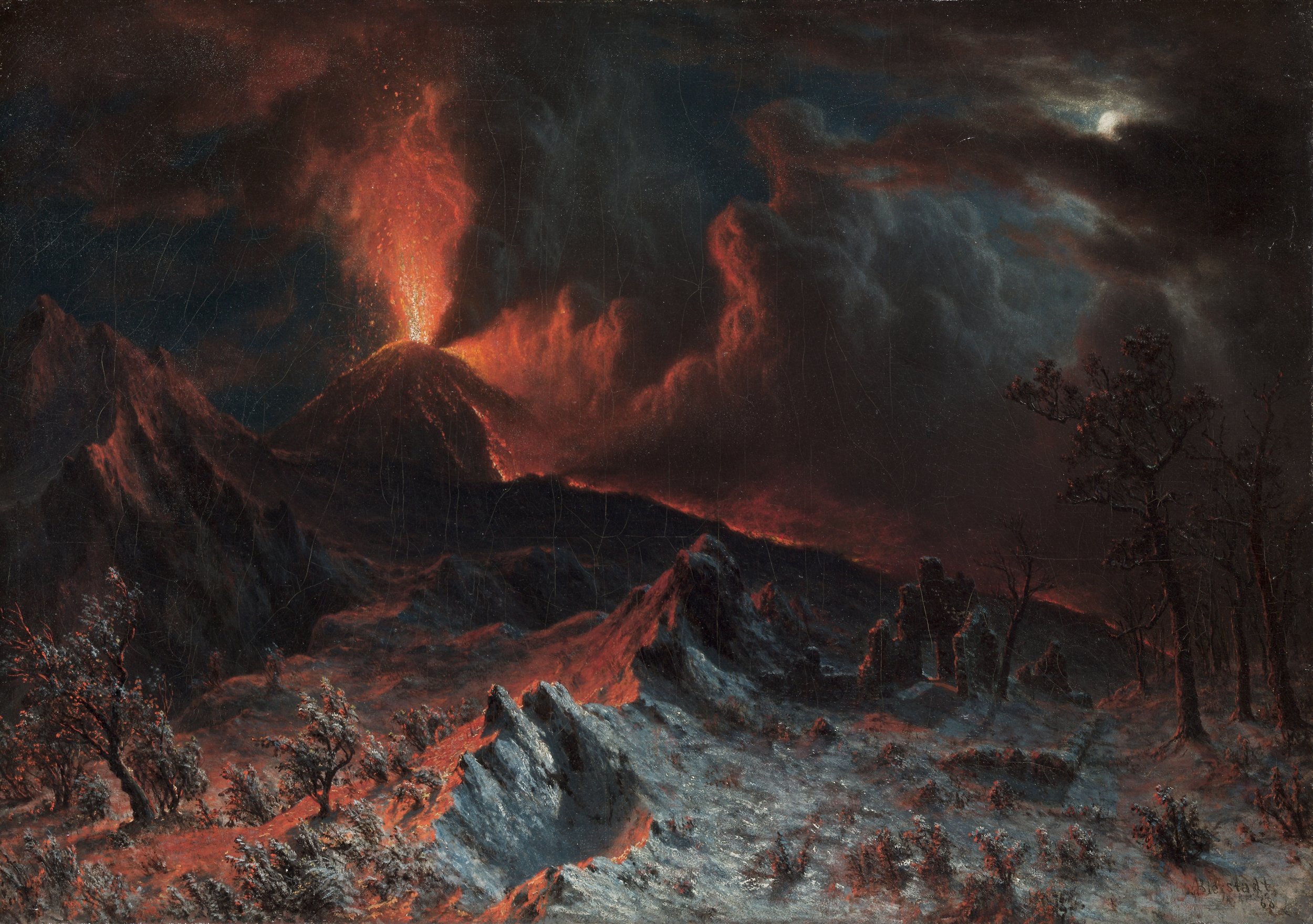Sweetness Follows

Sweetness Follows
Sara Billups
We’re developmentally hard-wired to blend in when we’re young, probably to survive the universal drag of middle school. I wanted to disappear in the bleachers throughout adolescence. Then, the magic grasp of conformity slipped. This waking up from a pre-teen hibernation happened the same time I started freshman year, when I was also the new kid.
At the new school, it took a little while. I started buying vintage dresses at the Dove’s Nest thrift shop my freshman year, before I’d met any students at the Lutheran high school. That fall, I scanned the weekly chapel service to identify the kids who would become my friends by searching for visual cues: Dr. Martens, Manic Panic hair dye, or granny cardigan sweaters. It would be a little while before my first kiss with the boy I saw playing guitar under an oversized Martin Luther statue at the local seminary, or our walks by the night lake.
It would be a little while longer before I would first see my now husband in the dining commons of our Christian college, wearing a baseball hat that said “Automatic for the People.” He bought it at the BBQ restaurant in Athens, GA, with a tagline that inspired the name of the album I’d played so many times it had melted into my mind—taffy to shag carpet.
Somewhere in between the first boy and the last, I bought a golden yellow cassette at Target and played it, on repeat, for years: R.E.M.’s 1993 album Automatic for the People. I didn’t know any Christians who wrote jungle-thick dreamscapes of lyrics like the band’s singer Michael Stipe, even though I kept looking.
*
I am an orphaned believer. Like many of my Gen X and Millennial peers, I have experienced a spiritual and cultural orphaning. I’m a person of faith who has encountered a certain creative alienation from suburban church culture. As a Christian, I’ve also been orphaned in broader culture, where following Jesus costs social capital and does little for personal brand.
My obsession with Automatic for the People was a first articulation of a highschool-aged orphaned believer. The album toggled between counterculture and dominant culture. Automatic was ubiquitous in the early 90s, and on heavy radio rotation.
Davide Gazzotti
Lots of us listened to Automatic, Christians and non-Christians and everyone else I knew. My friends and I were territorial because it was our very own album. We were the ones getting together on Friday nights to listen together and pick apart lyrics. But we knew full well that the jock, geek and youthiest of youth group kids knew all the lines to “Everybody Hurts,” too. Album lyrics like “I will see things that you’ll never see” and “I have got to leave to find my way” tapped into my own teenage identity. Often busy dreaming the classic dream—leaving my small town for the city—Automatic was a backdrop for an emerging imagination.
I once listened to the album in the car with my school’s pom pom team captain. “You know how someone is a real friend?” the pom pom captain asked me between verses. “When you don’t have to say anything and feel totally comfortable.” The moment felt important, like a movie.
Automatic was an escape from our midwestern cultural and spiritual orphaning. We were escape artists while listening. We were not wearing dance squad ribbons and high ponytails. We were not driving to the basketball game to perform “Eye of the Tiger” on the high gloss floor. I was riding shotgun, and we were Indiana happy-sad, and nobody needed to say anything.
In our church by the strip mall, no one appeared particularly sad or happy. We were present. You could have called roll and the same families would be perched in the same pew every week. “Present.” Tracing my finger over the notes in the hymnal, I was in my own body and estranged from it.
I thought of the lake at the seminary, and its chapel and the first boy. Built in the 1950s by a famous Finnish architect, the seminary chapel looks like two playing cards gingerly stacked to form a steep triangular roofline. There are 168 triangles covering the rear sanctuary wall, each equaling an hour and adding up to a week’s worth of hours. The roofline casts a triangular shelter in my mind, a triune God hovering over the water.
*
Aaron Gibbs
The Anchor Room, our town’s Christian bookstore, reserved a small section in the back for Tooth and Nail bands. I bought CDs from the record label with names like Luxury, Starflyer 59 and Blenderhead. I learned that this label was based in Seattle, and that’s all I needed to know to decide: the Pacific Northwest was a mythic mountain of Christian counterculture, and I was going to live there someday.
But not until I finished high school and undergrad in Indiana. For a lot of years, the closest I could get to seeing many of these Tooth and Nail bands was at a midwestern music festival in rural Illinois, which I attended for a string of summers in the late 90s and early aughts.
Buses full of youth group kids and old Jesus People gathered together on a farm for a week, and for five days each summer my faith life and my creative leanings clicked into place. Here, I found other Christians interested in the same books, artists and music I was, and it was immensely liberating.
At the lake on the music festival grounds, we swam and washed our candy color-dyed hair. We listened to bands play from lunchtime till midnight. In between performances, I walked around the campsites and food tents with the teenaged feeling that more is ahead than behind. Now in my 40s, I’ve begun to pray Psalm 90:15: “Make us glad for as many days as you have afflicted us, for as many years as we have seen trouble.”
*
I wrote a list of the Christians who shaped my faith during my teens and twenties. My own mother. The chaplain who carved mini wooden crosses on strings for each student in our school that I still keep hung around my headboard. Next to it, I wrote a list of the musicians, artists and writers who shaped my aesthetic. Patti Smith, Jean-Michel Basquiat and Annie Dillard.
In her apocalyptic 1982 essay “Total Eclipse” on watching a solar eclipse near Yakima, Washington, Dillard writes: “We teach our children one thing only, as we were taught: to wake up... We live half our waking lives and all of our sleeping lives in some private, useless and insensible waters we never mention or recall. Useless, I say.”
I held an index card with a tiny hole poked in the middle up to the sky during a solar eclipse in 1994, standing with my friends on a hill next to the high school. We were displaced together, but really awake, as the moon floated between the earth and the sun. I wondered if I would melt my eye if I took the card away for too long, and tried it. Sun spots.
“Valueless, I might add—until someone hauls their wealth up to the surface and into the wide-awake city,” Dillard continues, “in a form that people can use.” I thought often in those years about Patti Smith and Basquiat in New York City. Their work was brave and wholly itself, rising far above my weekends browsing CDs at the chain CD store in the mall.
I wish the lists of my spiritual formation and creative formation crossed over more than they do. I did not grow up with a Christian imagination. In my family, we did not talk about mystery. We were in the throes of the culture wars, and my father talked about Tipper Gore’s “Parental Guidance: Explicit Lyrics” stickers on CDs and Robert Mapplethorpe’s scandalous art.
I came of age in a cultural moment flanked by apologetics, rational propositions and arguments to counter secular postmodernism. Back then, dad thought we could argue other people into the kingdom. My family talked about theological positions so much that we left no room for healthy doubt, faith and art, or lament.
The church’s focus on culture wars cultivated a sort of defensiveness in my family that allowed for little faith-based creative exploration. When we’re in a fight or flight posture, it is less likely we can access a prolific sense of wonder and imagination.
*
I listened to Automatic with my son on a recent drive. He’s now a few years younger than I was when I first heard the album. I asked him how the music made him feel. “Melancholy, but restful.” Listening to lyrics like “sweetness follows,” I like to think he picked up on some sense of mystery, and the way God created music, and that music is a good gift.
I want there to be room for him to be a part of the global church that lifts up our thinking minds and celebrates our creative minds. I want him to find Christian artists creating more weird, surprising and imaginative writing, music and art in church communities. Where those of us who have experienced a cultural orphaning can find a home for more than a long weekend at a music festival.
He’ll probably find his way through his own particular orphaning with help from his own favorite band. And maybe the church can be cool water when he is thirsty. And a night lake when he is lamenting. And a bright light he moves towards and not away from.
Sara Billups
Writer & Podcaster
Sara has been published in Christianity Today & The New York Times
Photography by Gabriel Ramos






